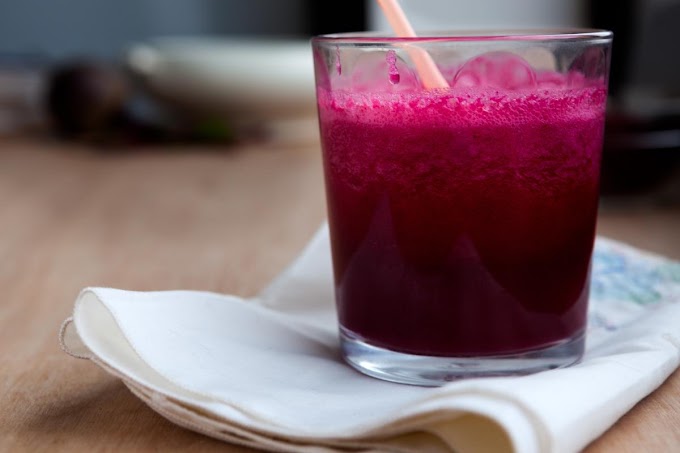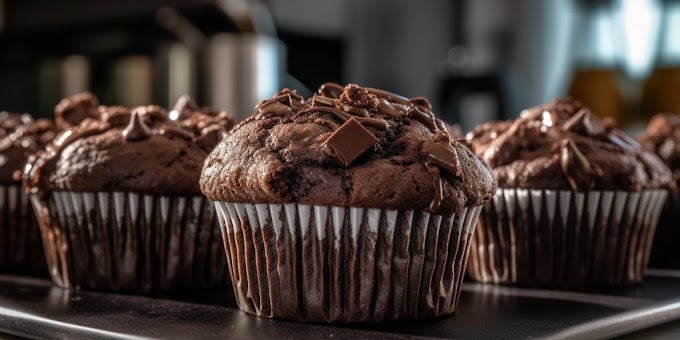Pasta is a versatile dish that can be transformed into a delicious meal with just a few simple ingredients. While pasta is often associated with rich tomato or creamy Alfredo sauces, there are many ways to enjoy it without traditional sauce. Whether you're looking for a lighter option or just want to try something new, here are some creative and delicious ways to make pasta without sauce.
1. Aglio e Olio
One of the simplest and most classic pasta dishes is Aglio e Olio, which means "garlic and oil" in Italian. This dish uses just a few ingredients: garlic, olive oil, red pepper flakes, and pasta. The beauty of Aglio e Olio lies in its simplicity and the way the garlic and olive oil create a rich, flavorful coating for the pasta.
How to Make It:
Cook your pasta until al dente and reserve some pasta water.
In a large skillet, heat olive oil over medium heat and add thinly sliced garlic. Cook until the garlic is golden and fragrant, being careful not to burn it.
Add a pinch of red pepper flakes for a bit of heat, then toss in the cooked pasta.
Add a splash of the reserved pasta water to help the oil coat the pasta evenly.
Garnish with chopped parsley and grated Parmesan cheese.
2. Pasta Salad
Pasta salad is a great way to enjoy pasta cold, and it doesn’t require any sauce. Instead, the dish is often dressed with a light vinaigrette or simply olive oil and lemon juice. Pasta salads can be customized with a variety of vegetables, proteins, and cheeses, making them perfect for picnics, potlucks, or as a make-ahead meal.
How to Make It:
Cook pasta (like rotini, farfalle, or penne) until a dente, then drain and rinse under cold water to stop the cooking process.
Toss the pasta with a variety of chopped vegetables such as bell peppers, cucumbers, cherry tomatoes, and red onions.
Add a protein like grilled chicken, tuna, or chickpeas for extra sustenance.
For the dressing, whisk together olive oil, lemon juice, Dijon mustard, salt, and pepper. Pour over the pasta and toss to combine.
Finish with crumbled feta or shredded Parmesan cheese and fresh herbs like basil or parsley.
3. Cecile Pepe
Pepe, which translates to "cheese and pepper," is a Roman pasta dish that relies on just a few ingredients but delivers big on flavor. The creamy texture comes from the starchy pasta water and a combination of Pecorino Romano cheese and freshly cracked black pepper. This dish is proof that you don’t need a sauce to create something truly delicious.
How to Make It:
Cook spaghetti or bucatini until al dente, reserving some pasta water.
In a large skillet, toast freshly cracked black pepper in a bit of olive oil or butter to release its aroma.
Add the cooked pasta to the skillet, along with a few tablespoons of the reserved pasta water.
Gradually sprinkle in grated Pecorino Romano cheese, tossing the pasta constantly to create a creamy emulsion.
Add more pasta water as needed until the cheese has melted and coated the pasta evenly.
4. Pasta with Pesto
While pesto is technically a sauce, it’s very different from the traditional tomato-based or creamy sauces you might be used to. Pesto is a blend of fresh basil, garlic, pine nuts, Parmesan cheese, and olive oil. The result is a bright, herbaceous paste that clings to pasta beautifully. It’s a perfect option for those looking for a sauce-less pasta alternative.
How to Make It:
Cook pasta (like fusilli, trofie, or spaghetti) until al dente.
In a food processor, blend together fresh basil leaves, garlic, pine nuts, and Parmesan cheese until smooth.
With the processor running, slowly add olive oil until the pesto reaches your desired consistency.
Toss the cooked pasta with the pesto, adding a little pasta water to help the pesto coat the noodles evenly.
Garnish with extra Parmesan and pine nuts for added texture.
5. Pasta with Vegetables
Another excellent way to enjoy pasta without sauce is to load it up with fresh vegetables. This approach allows the natural flavors of the vegetables to shine, complemented by the pasta. You can use whatever vegetables are in season or available in your pantry, making this dish highly customizable.
How to Make It:
Cook your pasta of choice until al dente and set aside.
In a large skillet, sauté a variety of vegetables like zucchini, bell peppers, cherry tomatoes, spinach, or mushrooms in olive oil until tender.
Add minced garlic and a pinch of red pepper flakes for extra flavor.
Toss the cooked pasta with the vegetables and drizzle with extra virgin olive oil.
Finish with a sprinkle of fresh herbs like basil or parsley, and a handful of grated Parmesan or crumbled goat cheese.
6. Lemon and Herb Pasta
Lemon and herb pasta is a bright, refreshing dish that doesn’t require any sauce. The zest and juice of a lemon, combined with fresh herbs and olive oil, create a light dressing that pairs beautifully with pasta. This dish is perfect for a summer meal or when you want something light and zesty.
How to Make It:
Cook spaghetti, linguine, or fettuccine until al dente.
In a large bowl, whisk together the zest and juice of a lemon, minced garlic, olive oil, and a pinch of salt.
Toss the hot pasta in the lemon mixture until evenly coated.
Add chopped fresh herbs like parsley, basil, or mint, and toss again.
Garnish with grated Parmesan cheese and a pinch of red pepper flakes for a bit of heat.
7. Pasta Carbonara
Carbonara is a traditional Italian pasta dish that uses eggs, cheese, pancetta, and black pepper to create a creamy, rich coating without any sauce. The key to carbonara is to combine the ingredients quickly while the pasta is hot, allowing the eggs to cook just enough to create a velvety texture without scrambling.
How to Make It:
Cook spaghetti or bucatini until al dente, reserving some pasta water.
In a skillet, cook diced pancetta or bacon until crispy, then remove from heat.
In a separate bowl, whisk together eggs and grated Parmesan or Pecorino Romano cheese.
Toss the hot pasta with the pancetta and fat, then quickly mix in the egg and cheese mixture, stirring constantly.
Add a bit of the reserved pasta water to create a smooth, creamy consistency.
Finish with freshly cracked black pepper and more cheese if desired.
Conclusion
Pasta doesn’t always need a traditional sauce to be delicious. By using simple, high-quality ingredients like olive oil, garlic, cheese, fresh vegetables, and herbs, you can create a wide variety of flavorful pasta dishes that are both satisfying and easy to prepare. Whether you’re in the mood for something light and zesty like lemon and herb pasta or a rich and comforting dish like carbonara, these sauce-less pasta options are sure to impress. So the next time you're craving pasta, skip the jarred sauce and try one of these creative alternatives for a fresh and delicious meal.








Social Plugin